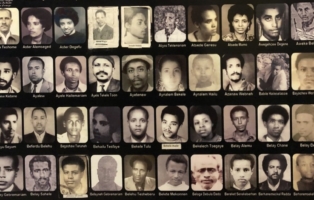The Great War’s Third Space: Military Occupations in Europe, 1914-1918
Research Question
In the First World War, much of Europe was occupied by enemy powers. This created colonized spaces inside Europe, that were marginal to the war because they were neither fronts nor home fronts. Marginal, but also, possibly, central: studying the “third space” may help us better understand what contemporaries thought they were waging the war for.
Project Description
We associate the First World War with trenches, not with military occupation – that seems more of a Second World War phenomenon. Yet, in 1914-1918, large areas of Europe, home to 40 million people, were occupied, mainly by Germany and Austria-Hungary.
These occupied spaces formed a “third space” apart from the fronts, where armies fought, and the home fronts, with their war industries. The “third space” was marginal to the war: there was little fighting; and occupied civilians could not work in war industries (except as forced laborers). But the “third space” was also central to the war, for two reasons. First: as long as parts of Europe were occupied, the war could not stop. Second: inside these occupied spaces, the war permeated all of life.
Selected Publications
- De Groote Oorlog: het Koninkrijk België in de Eerste Wereldoorlog. Amsterdam: Atlas, 1997. Updated reprint, 2014. Review
- [Editor] Military Occupations in First World War Europe, London: Routledge, 2014.
- Gabrielle Petit: The Death and Life of a Female Spy in the First World War, London: Bloomsbury Academic, 2015. Review
- [With Tammy Proctor] An English Governess in the Great War: The Secret Brussels Diary of Mary Thorp, Oxford University Press, 2017. Review
Photograph by Renee de Groot.




